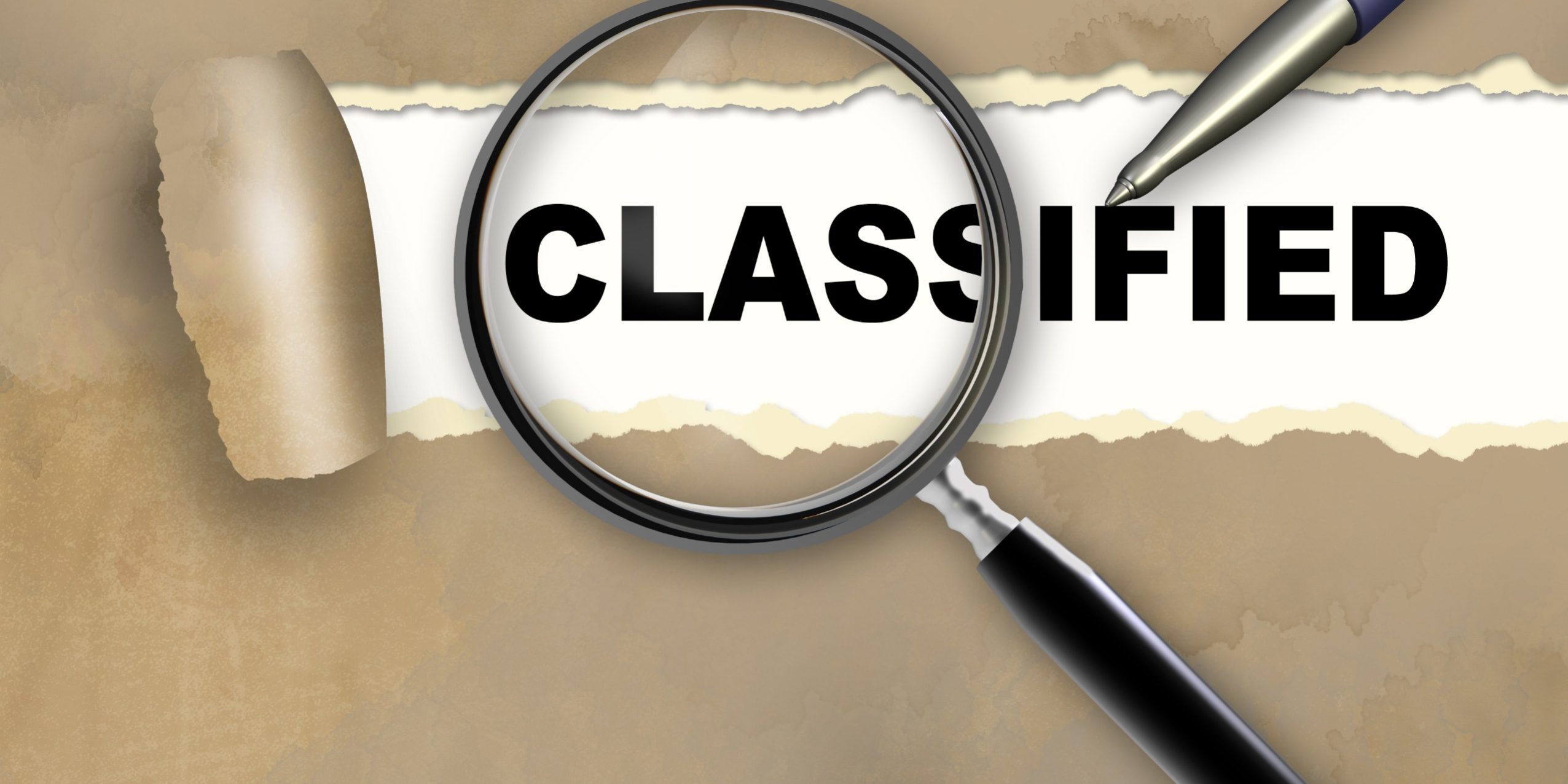As electronic devices become more complex, maintaining and upkeeping IPC classified devices is becoming increasingly important. IPC certification ensures that electronic devices meet industry standards for quality, reliability, and performance. However, without proper maintenance, even IPC classified devices can fail or malfunction, leading to potential safety hazards or costly repairs. To ensure the optimal performance and lifespan of IPC classified devices, it is crucial to receive proper electronic assembly training and seek support from a reputable electronic training institute for ongoing maintenance and upkeep.
What are IPC Classified Devices?
IPC classification applies to a wide range of electronic devices and products that use printed circuit boards (PCBs) and related technologies. Some examples of IPC classified devices include:
- Consumer electronics e.g. smartphones, tablets, and laptops
- Industrial control systems e.g. programmable logic controllers (PLCs)
- Medical devices e.g. heart monitors and imaging equipment
- Aerospace and defense equipment e.g. avionics and radar systems
- Automotive electronics e.g. engine control units (ECUs) and infotainment systems
- Communication devices e.g. routers and switches
- LED lighting systems
- PCB assemblies used in various industries including automotive, aerospace and telecommunications.
IPC certification ensures that these devices meet the required standards for their respective industries and are designed and manufactured in a reliable and consistent manner. Obtaining the certification is done by successfully passing the training and qualification exams conducted by an IPC-authorized electronic training institute.
Class Levels of IPC Devices
It’s also important to know that IPC-classified devices are categorized into IPC Class 1, Class 2, and Class 3.
- IPC Class 1 includes basic electronic devices with simple construction and low performance requirements. These devices are not typically subject to harsh environmental conditions or extreme usage. These include calculators, remote controls and toys.
- IPC Class 2 are dedicated service electronic devices with moderate performance requirements and some environmental stress. These devices are subject to moderate environmental conditions and usage. Examples include smartphones, tablets, laptops and audio/video equipment.
- IPC Class 3 includes high-performance electronic devices with demanding environmental and usage conditions. These devices are subject to harsh environmental conditions and extreme usage, and thus, require high reliability and accuracy. These devices include gaming consoles, high-end computers, advanced display technologies and wearable devices.
Understanding these Class Levels can guide you on the level of maintenance and upkeep that must be undertaken for the devices you have.
Upkeep and Maintenance of IPC Classified Devices
As mentioned, maintaining and upkeeping IPC Class 1, 2, and 3 electronic devices may vary based on their specific performance requirements and usage conditions. Below are some general guidelines for maintaining and upkeeping IPC classified electronic devices in each class.
IPC Class 1
These basic electronic devices typically don’t require much maintenance.
- Clean the device periodically to remove any dust or debris that may have accumulated.
- Store the device in a dry place to prevent any moisture damage.
- Replace batteries or other components as needed.
IPC Class 2
These dedicated service electronics products require regular maintenance to ensure their reliable operation.
- Perform the same basic care and maintenance tips listed under the IPC Class 1.
- Adhere to the maintenance and cleaning guidelines provided by the manufacturer.
- Inspect the device regularly for signs of wear or damage like cracked screens or broken components.
- Protect the device from extreme temperatures, humidity or shock.
- Keep the device updated with the latest firmware or software updates.
- Have the device serviced by a qualified technician if needed.
IPC Class 3
These high-performance electronic devices with demanding environmental and usage conditions require more frequent and thorough maintenance.
- Perform the same maintenance and upkeep tasks listed under IPC Class 1 and IPC Class 2.
- Perform regular calibration and testing of the device to ensure its accuracy and reliability.
- Use the device in accordance with its intended use and specifications.
- Keep the device away from strong magnetic fields, radio waves and other sources of interference.
- Avoid exposure to moisture, chemicals and other potential hazards.
- Use protective covers or cases to minimize the risk of damage from impact or scratches.
General Rule
It’s important to note that specific maintenance requirements may vary depending on the type of IPC classified electronic device and its intended use. Always refer to the manufacturer’s instructions and industry standards for proper maintenance and upkeep of IPC classified electronic devices.
Bottom Line
Proper maintenance and upkeep of IPC classified devices are critical to ensuring their long-term performance and reliability. With the ever-increasing complexity of electronic devices, it is essential to receive electronic assembly training to stay up-to-date with the latest industry standards and best practices. By following manufacturer guidelines, performing regular inspections, and seeking support from qualified technicians, IPC classified devices can provide safe and dependable service for many years.







Its like you learn my thoughts! You seem to understand a lot approximately this,
such as you wrote the e-book in it or something. I feel that you just could do with some p.c.
to drive the message home a bit, however instead of that,
that is excellent blog. An excellent read. I’ll certainly be back.